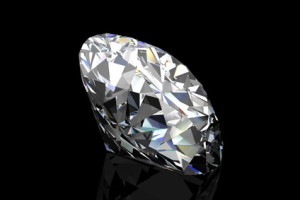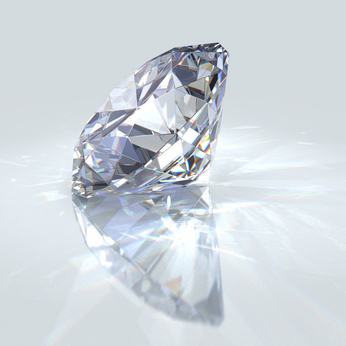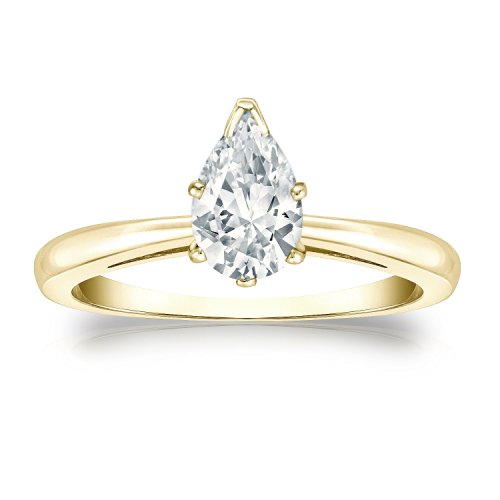Most diamonds found in the earth are not perfect – they have yellow and brownish tints or they have visible internal flaws that make a stone look unclean. These problems, however, can be treated using a variety of enhancement methods.

Grading reports issued by the G.I.A. will mention HPHT treatment.
Let’s see what the most common diamond treatments are and how they can improve color and clarity.
Color-Enhancing Diamond Treatments
High-pressure, high-temperature treatment (HPHT)
One of the techniques used to turn diamonds with a brownish tint into colorless stones is heating them under high pressure.
HPHT treatment is permanent, and the color of stones treated this way does not revert to its original state.
This type or enhancement can be hard to detect even with sophisticated equipment, and the F.T.C. (Federal Trade Commission) requires HPHT treatment to be disclosed.
Grading reports issued by the G.I.A. (Gemological Institute of America) will mention HPHT treatment, but only if it has been detected by the lab.
Sometimes, diamonds will also have a laser inscription indicating HPHT treatment. However, an enhanced stone will not necessarily have such an inscription or a mention of the treatment in its certificate.
Coatings
Another method to make the color of a diamond look better is to cover the stone with a dye or thin film that masks the tint of the diamond and can even make fake stones harder to detect.
The coating is not permanent and can usually be removed with water or alcohol. Unless the use of such coatings is disclosed, selling diamonds treated this way is tantamount to deception.
Irradiation
Unlike other color-treatment methods that are used to make a diamond look colorless, treating diamonds with radiation is meant to turn them into fancy-colored stones.
The results of irradiation are permanent. However, in some cases, the color may change if the stone is subjected to high temperature (e.g., during jewelry repairs).
Naturally colored diamonds are rare and therefore very expensive, and that’s why irradiation is used to produce affordable colored stones.
However, there may be some vendors who will try to sell a treated fancy-color diamond as a natural one and charge you a very high price for it.
Or, some people may try to sell you a “natural” stone (that is actually treated) at a price lower than what real natural diamonds sell for. Be suspicious of such offers, and always ask for a certificate issued by a reputable lab.
Clarity-Enhancing Diamond Treatments
Laser Drilling
One of the methods used to improve diamond clarity is to drill very thin channels in the stone with laser and use them to deliver heat or acid to visible inclusions inside the diamond in order to dissolve them.
Laser drilling improves clarity permanently, and for this reason, the F.T.C. does not require explicit disclosure of this enhancement.
If the diamond is certified by the G.I.A., however, its grading report will list the drill holes in the stone. Looking at the diamond under a microscope can also reveal the tiny channels inside.
Although laser drilling does not significantly alter the structure of a diamond, too many drill holes can actually weaken it (this happens when the treated diamond has had a lot of inclusions removed).
This is why it is always good to know whether the stone you are about to buy has been enhanced using this method.
Fracture Filling
Once a diamond has been laser-drilled to remove its inclusions, the resulting tunnels inside its structure can be filled with a crystal substance to make them less visible. The filler can also be used to hide other cracks in the stone.
However, this treatment is not permanent, and heating such a diamond to a high temperature or putting it in an ultrasonic cleaner can destroy the filling. For this reason, fracture filling is required to be disclosed.
Fracture filling can also be detected with a microscope: You may be able to see flashes of color or air bubbles in the filled channels.
Where to Buy Diamond Jewelry?
We recommend James Allen (read review) because you can see a 360-degree video for any diamond before buying it.
Blue Nile is another reputable diamond retailer we recommend.














